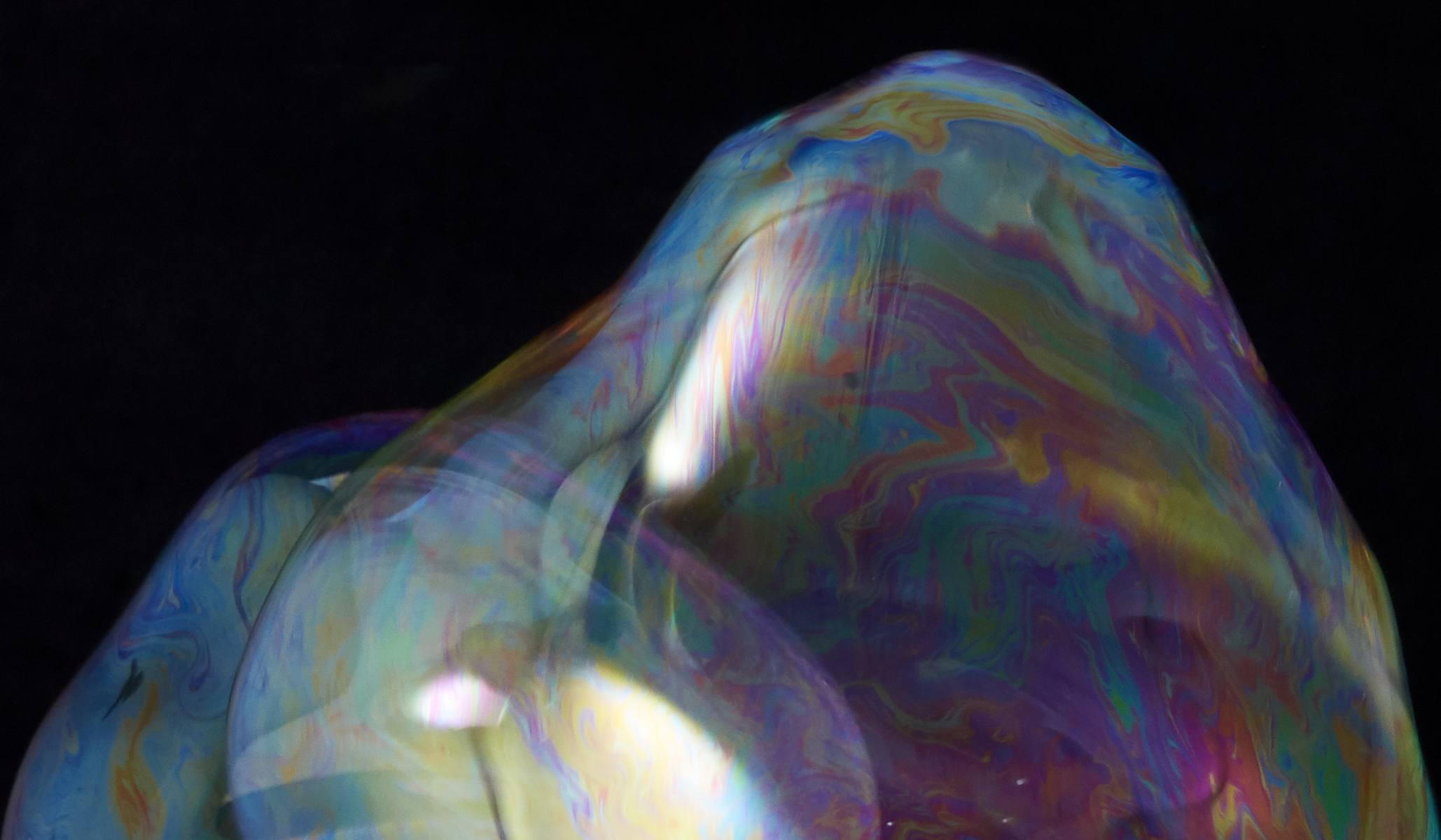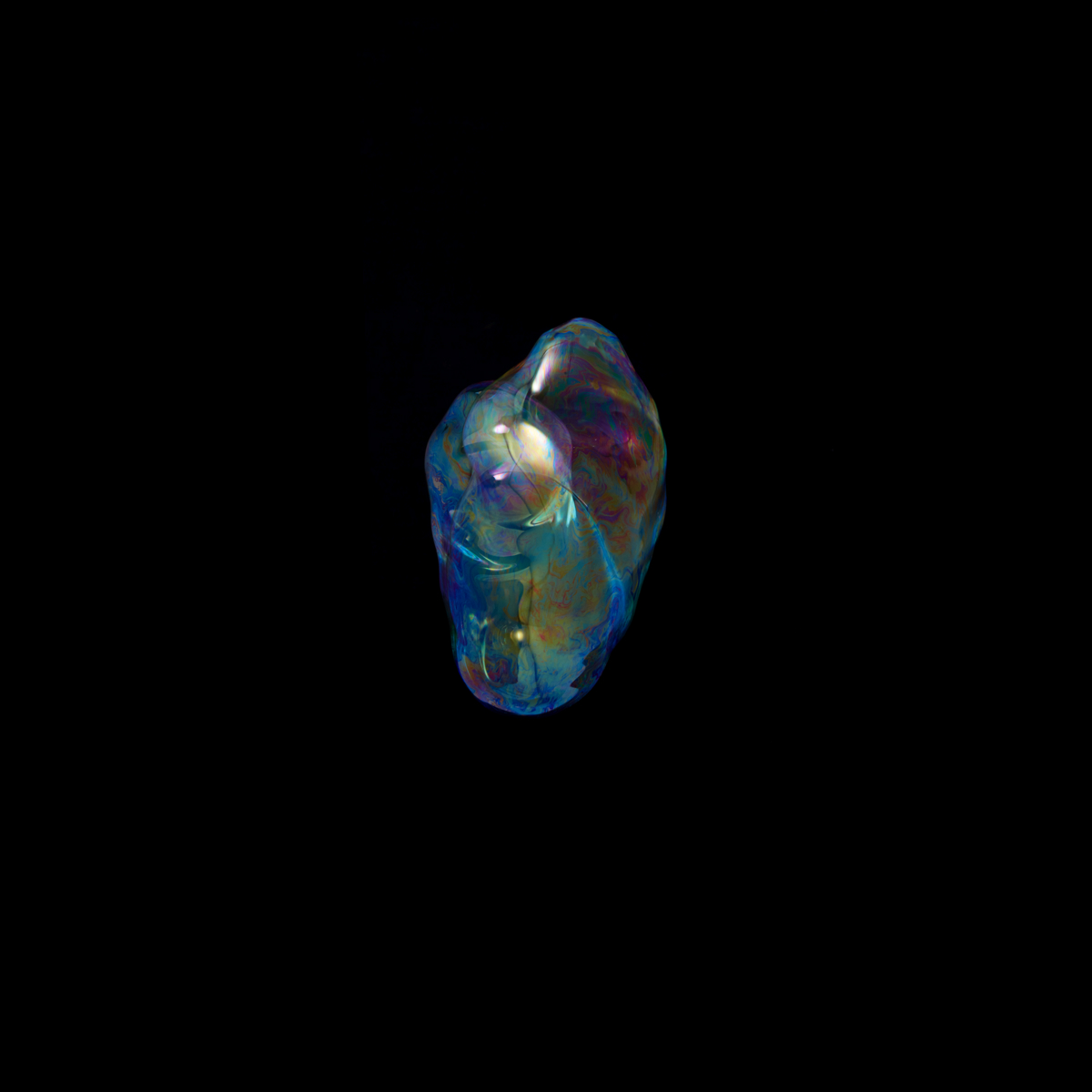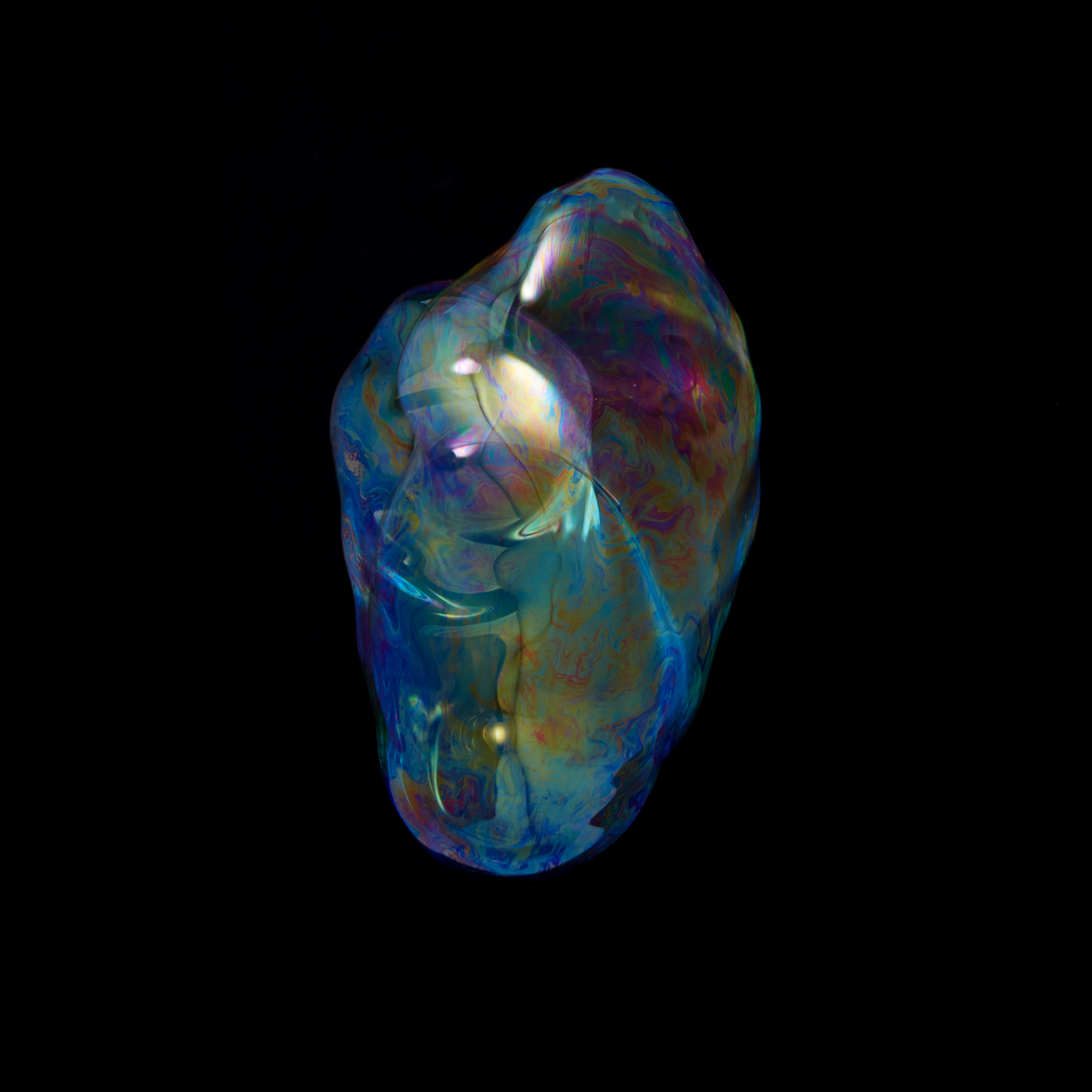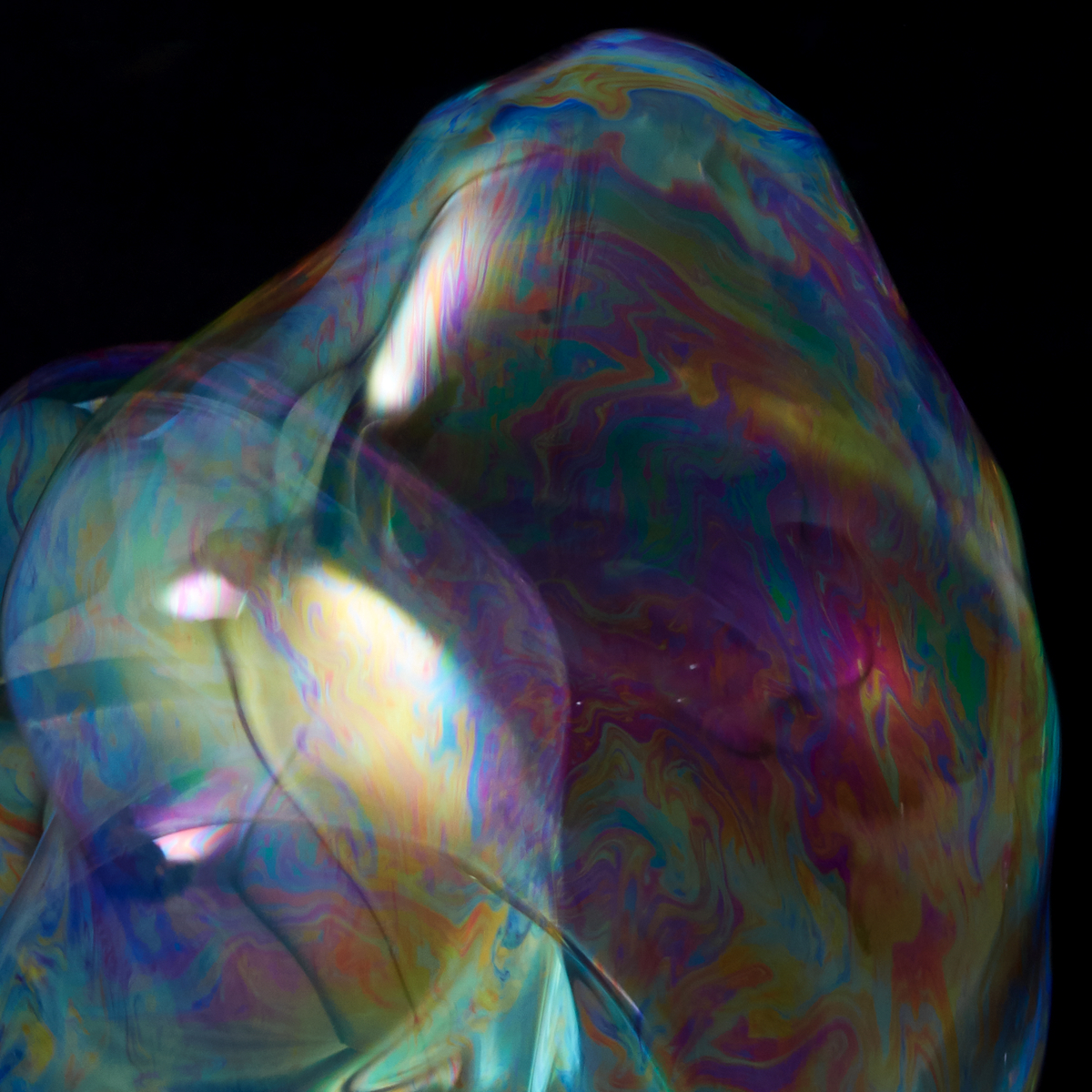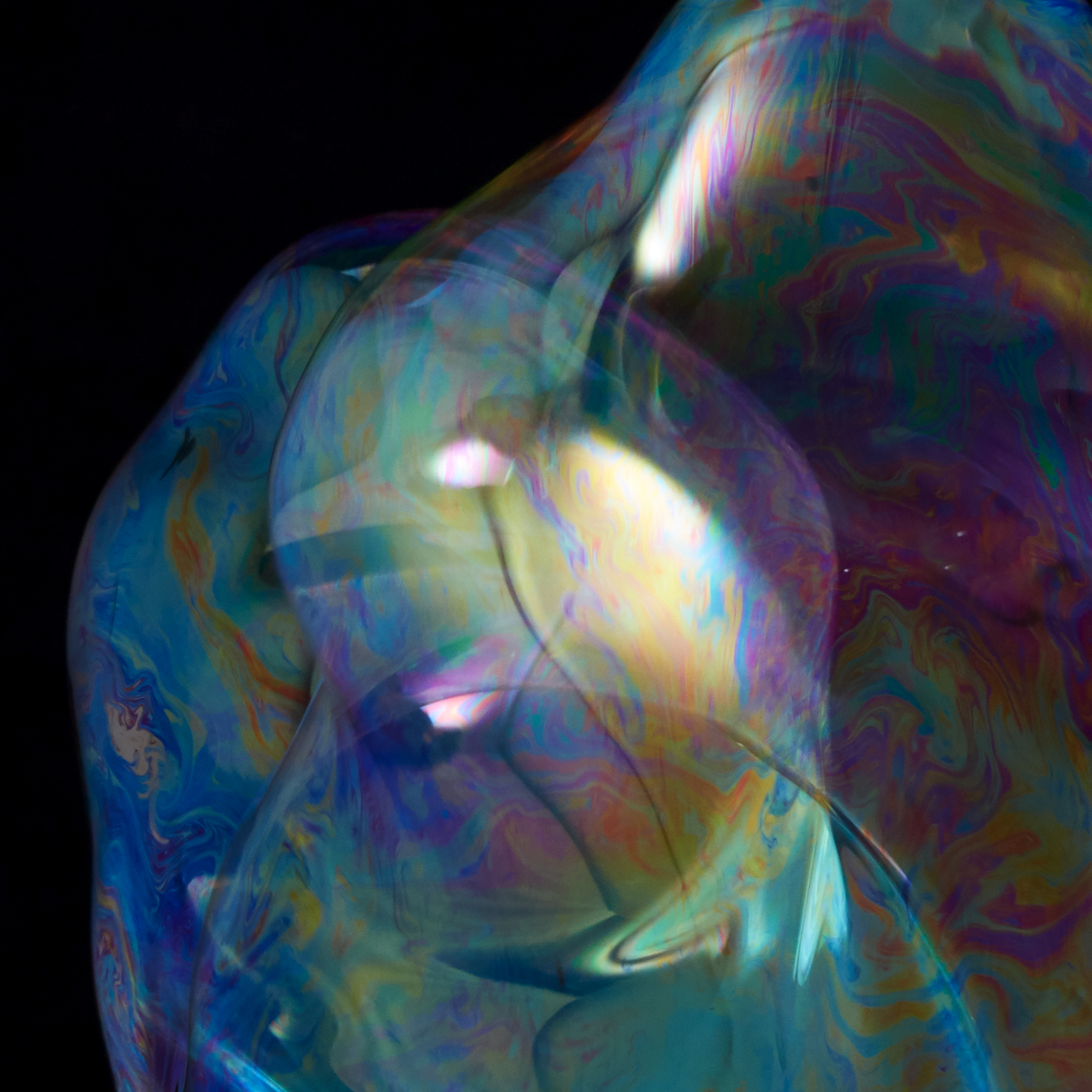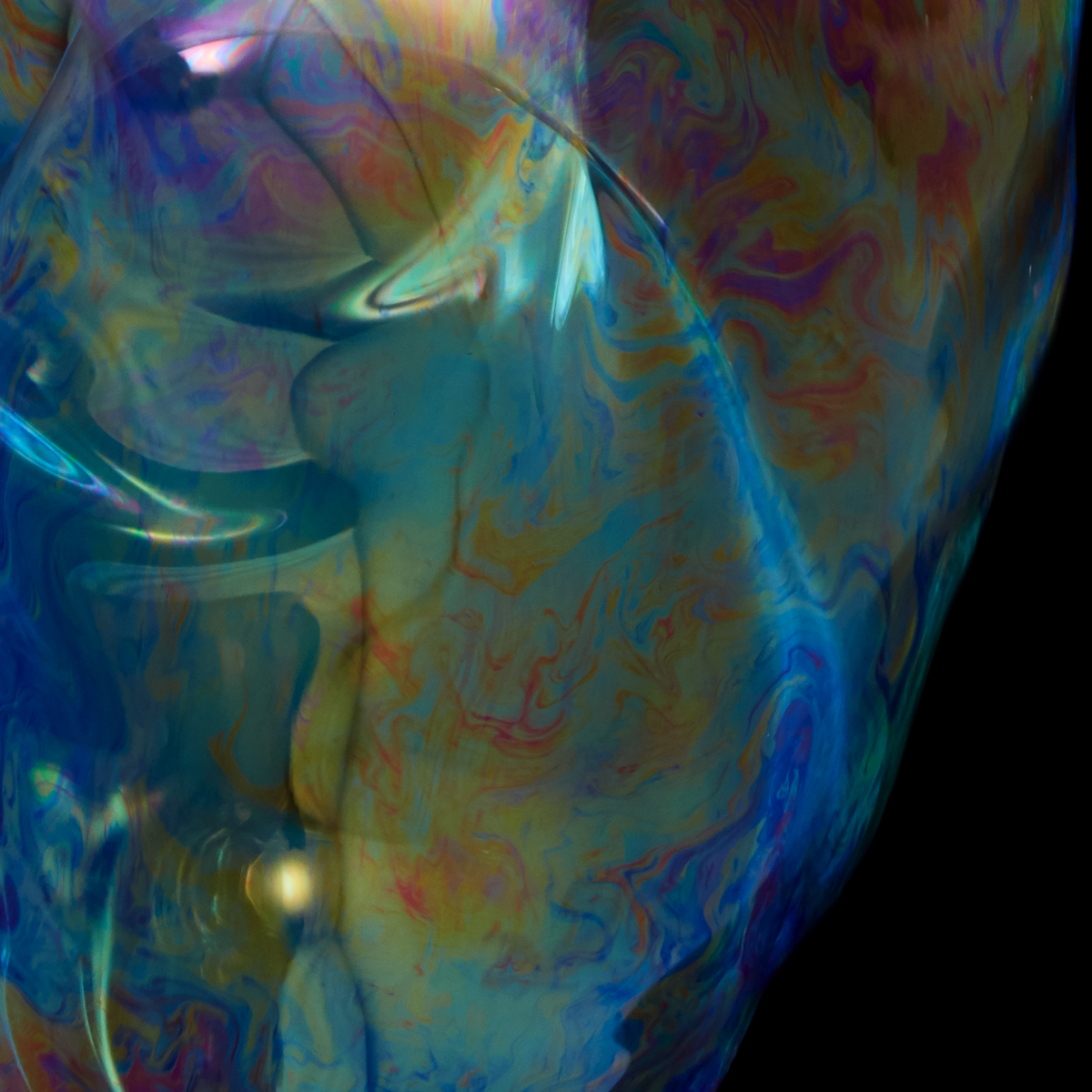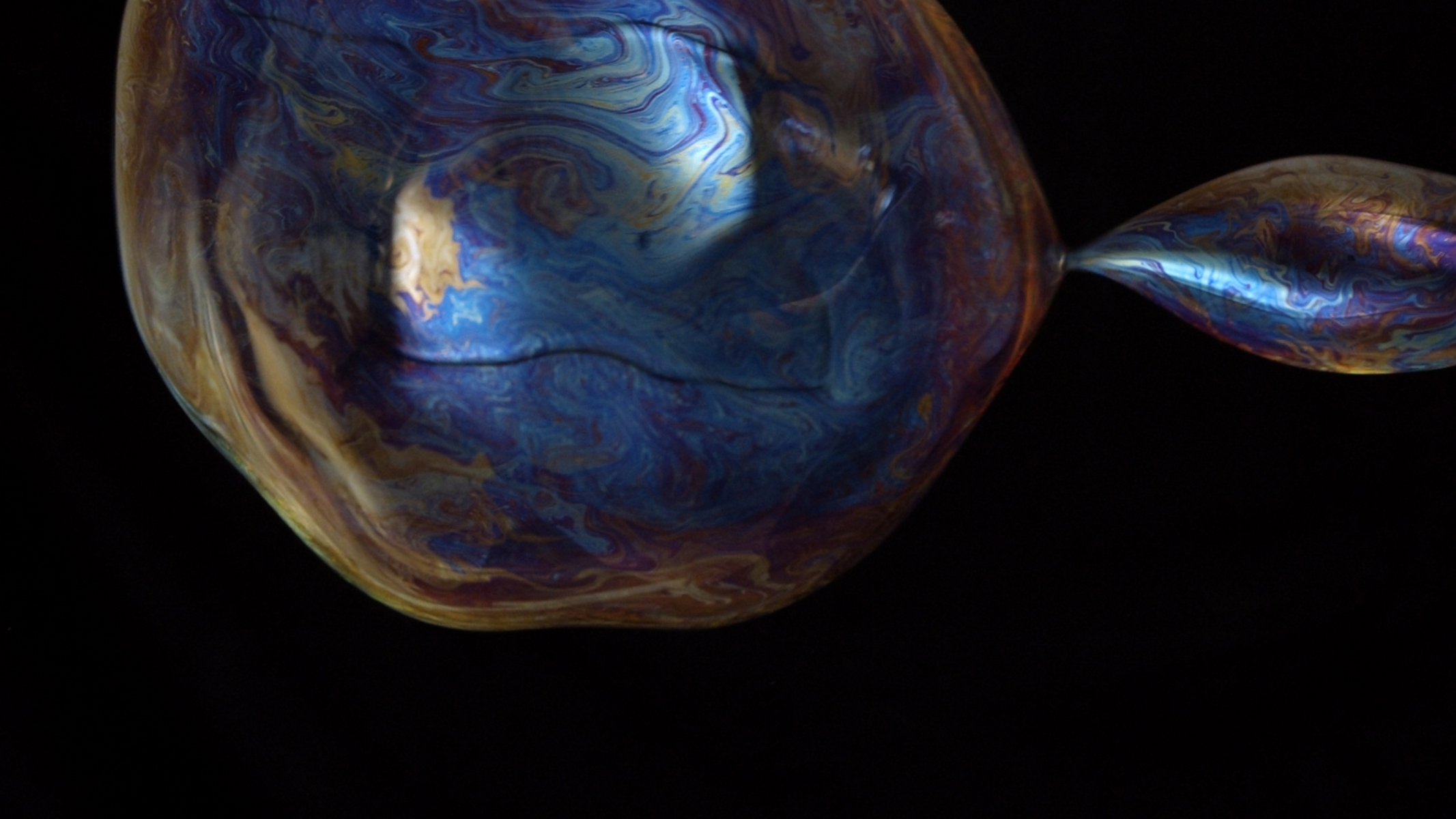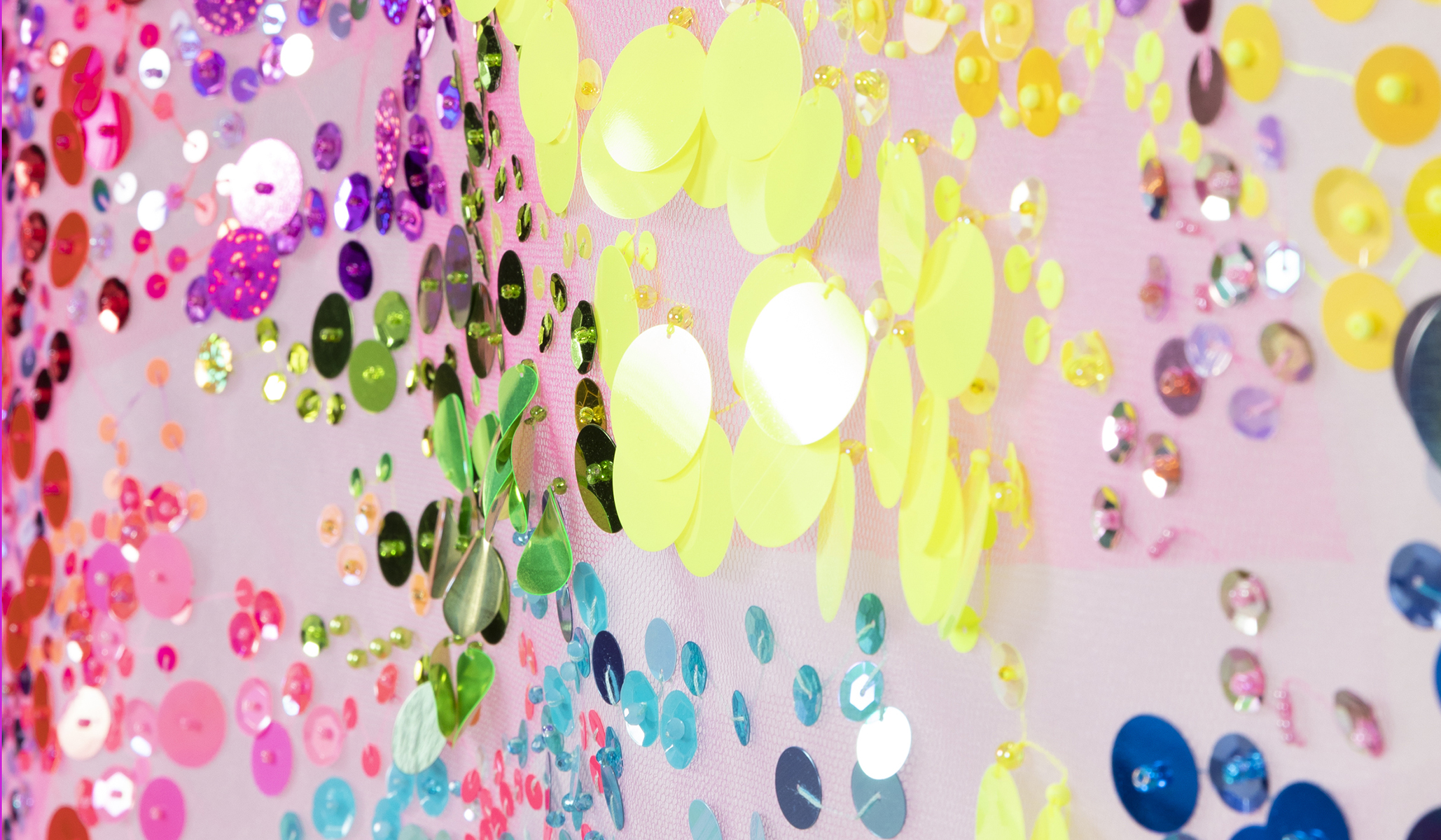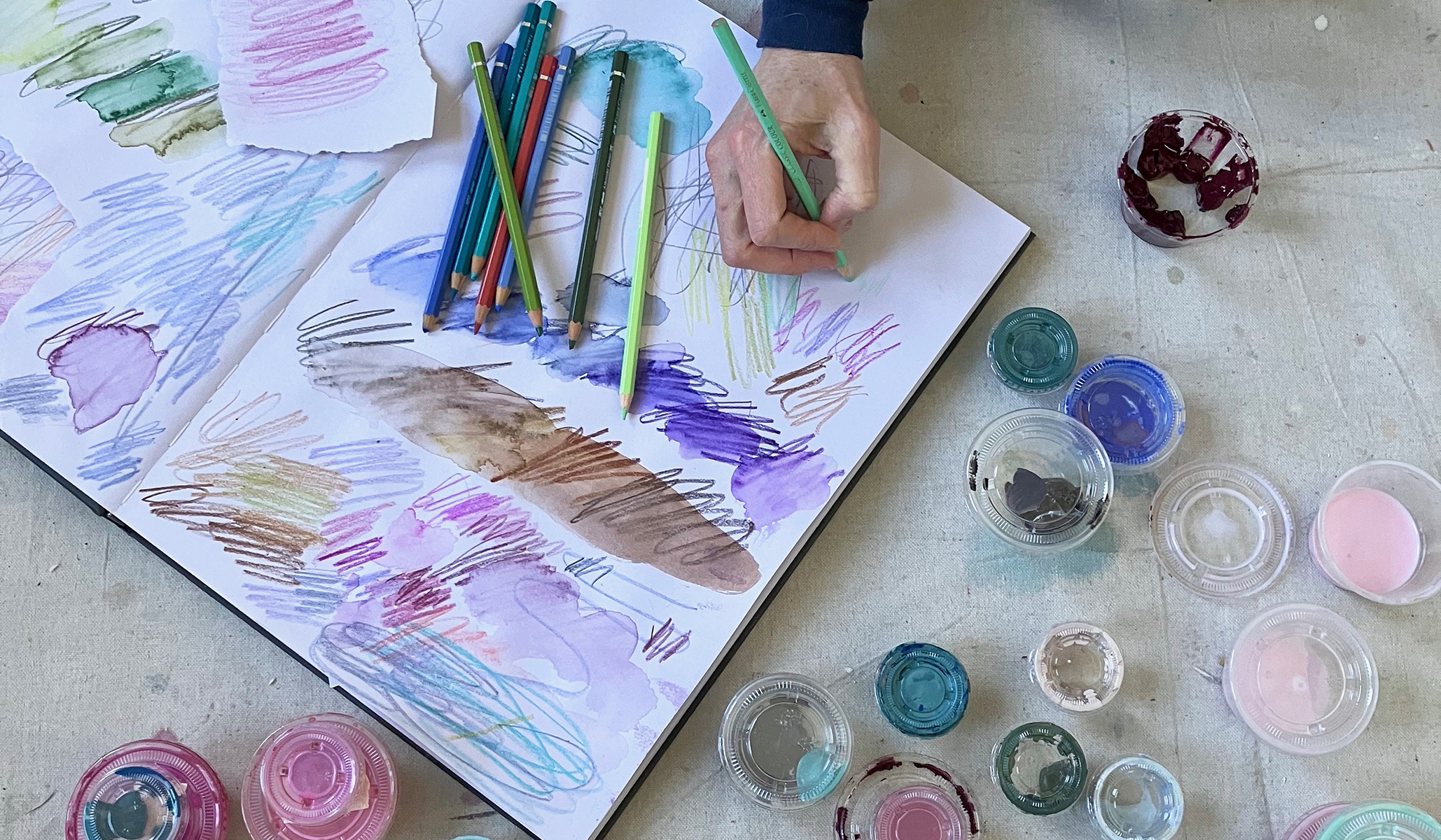To view & purchase artworks from Zan Wimberley’s latest series ‘Suddenly then slowly’ scroll to the end of this online exhibition page.
2020 was the year that of one of the most fundamental functions of the human body, breathing, became political.
The year began with the ongoing Black Summer megafires, undeniably the result of climate change. Australians couldn’t breathe for much of the summer due to the smoke.
As the fires were burning out, the first cases of Covid-19 were popping up in Australia, a new virus that spreads from our breath through the air, and attacks our lungs, making it difficult and in the worst cases, impossible for people to breathe.
In the midst of the new global pandemic came the death of George Floyd, an African American man from Minneapolis whose murder triggered Black Lives Matter protests internationally after he was killed while detained by Police. Officer Derek Chauvin kept a knee on George Floyd’s neck constricting his wind pipe for seven minutes and forty six seconds until his death, despite his cries and gasps of ‘I can’t breathe’ which became a catch cry for the BLM movement.
Slowly then Suddenly is a new body of work by Zan Wimberley, conceived of and created in the Artist’s living room during the ongoing Melbourne lockdown. Wimberley uses a combination of high speed imaging techniques and fluid dynamics to capture her breath, made visible by being encased in soap bubbles.
Too fast for the human eye to appreciate, the soap bubbles morph through many colours and shapes before popping, and have been frozen in time, or slowed down to a mesmerising pace in the video work.
The suite of 12 photographs take inspiration from astronaut William Anders 1968 photograph ‘Earthrise’ taken from the Apollo 8 spacecraft, the photograph is described by Time Magazine as offering humanity it’s ‘first true grasp of the beauty, fragility and loneliness of this world’ a sentiment that we have been coming to grips with again in 2020.
The materials from this work – accessible to most people, soap and breath, have become trigger points during the pandemic. The soap bubbles resemble tiny planets, anatomical hearts, gems and precious metals, alluding to the importance of every breath, especially in the face of the trio of existential threats facing humanity in 2020, the pandemic, global warming and institutional racism.
It happens slowly, then it happens suddenly. Having been told by conservative governments, fossil fuel lobbyists and Murdoch owned media that climate change isn’t real, or that it’s nothing to be ‘anxious’ about, Australians woke up to the reality that the Black Summer megafires were undeniably the result of climate change. They started earlier, finished later, and were more ferocious than anything anyone had seen before and became a part of every Australians daily life as they raged. Climate change is here, dangerous and it will only get worse as Australia is disproportionately affected by a warming climate.
Research shows that pandemics such as Covid-19 will be more frequent as a result of climate change and human encroachment into biodiverse areas. Covid-19 seemed like another virus that would never make it to Australia, like Ebola, SARS, Swine Flu etc, it would be contained and dealt with overseas and Australians would remain comfortable and safe, until suddenly it wasn’t, Covid-19 was right in our communities, our age care homes and our economy, changing the way we live.
Like a soap bubble popping, the events of 2020 seemed unexpected, yet inevitable.
The pandemic caused a staggering decrease in carbon emissions – one that if kept up, could see the world achieve net zero emissions by 2050 to cap global warming at 1.5 degrees. The BLM protests yielded some positive results in America, for example removing funding from Police departments to invest in community programs. But these are just the first small steps, and a huge amount of time, effort and pressure is needed to make room for everybody to breathe freely.
Artist Biography
Zan Wimberley’s practice is concerned with environmental and climate sciences, and uses expanded photography as the visual manifestation of physics to show things about the physical world that we couldn’t previously see or comprehend.
Born from physics, the study of light, space and time, photography is a uniquely placed medium to impart the realities and urgency of climate change. By using scientific imaging techniques to visualise invisible phenomena, such as changes in temperature, through light installations, video and still photographs, Wimberley quietly and poetically lays bare the urgency and reality of global warming.
Zan Wimberley trained in Scientific Photography at RMIT before working under Cinematographers on major feature films within Australia.
She graduated from a Masters at Sydney College of the Arts in 2013 and has since been working on her own practice, including exhibitions at Artereal Gallery, Firstdraft, Verge Gallery, Annette Larkin Fine Art and Sydney College of the Arts Galleries. In 2019 Wimberley was the recipient of a research residency with acclaimed Danish contemporary artist Olafur Eliasson and undertook a three month residency in Berlin. In 2020 Wimberley was selected as a finalist in the The Fauvette Loureiro Memorial Scholarship 2020.
Her work can be found in collections including: Artbank, the Domaine Chandon collection, the Deakin University Art Gallery collection and numerous private collections.
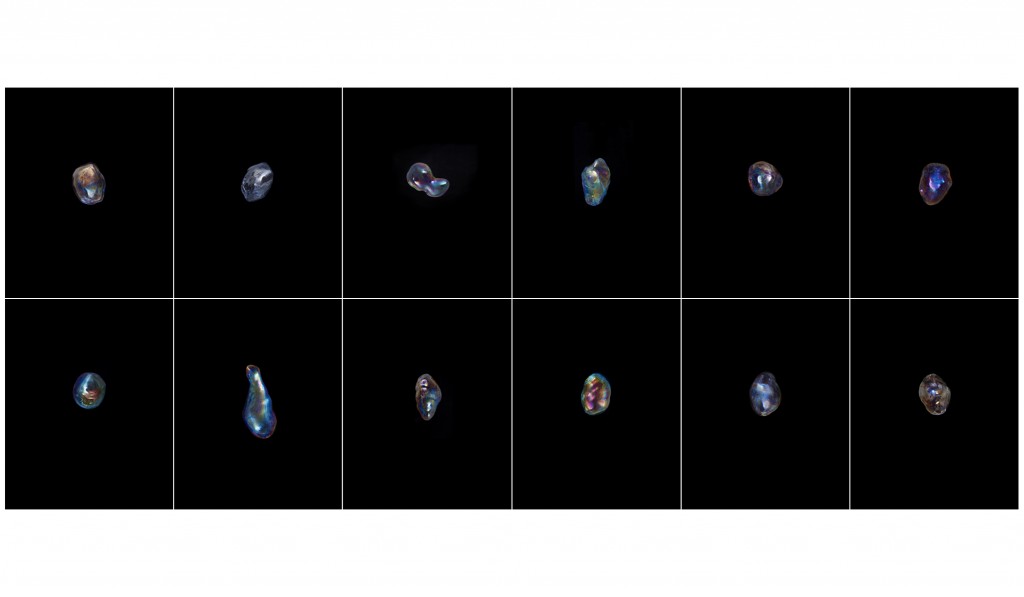
“The materials from this work – accessible to most people, soap and breath, have become trigger points during the pandemic. The soap bubbles resemble tiny planets, anatomical hearts, gems and precious metals, alluding to the importance of every breath, especially in the face of the trio of existential threats facing humanity in 2020, the pandemic, global warming and institutional racism.”
.

